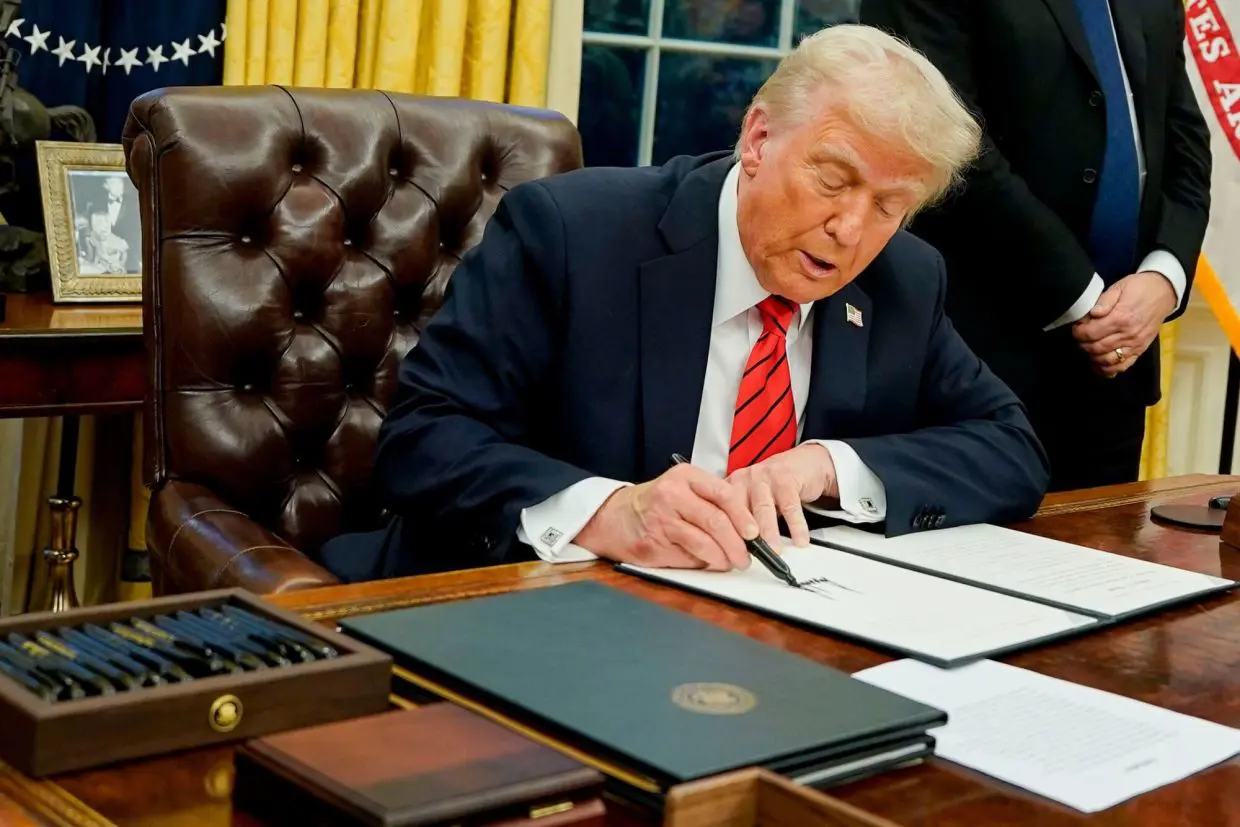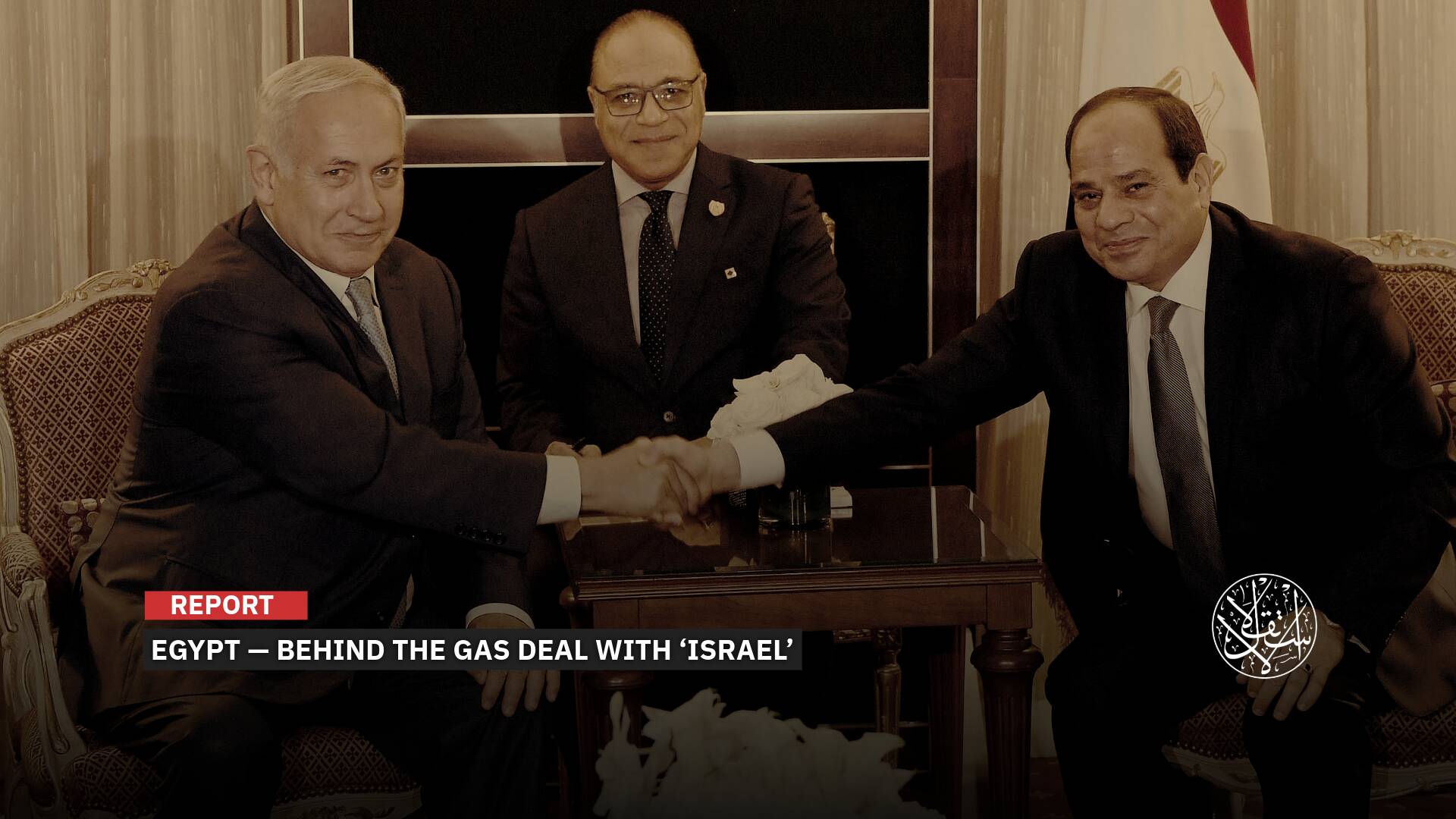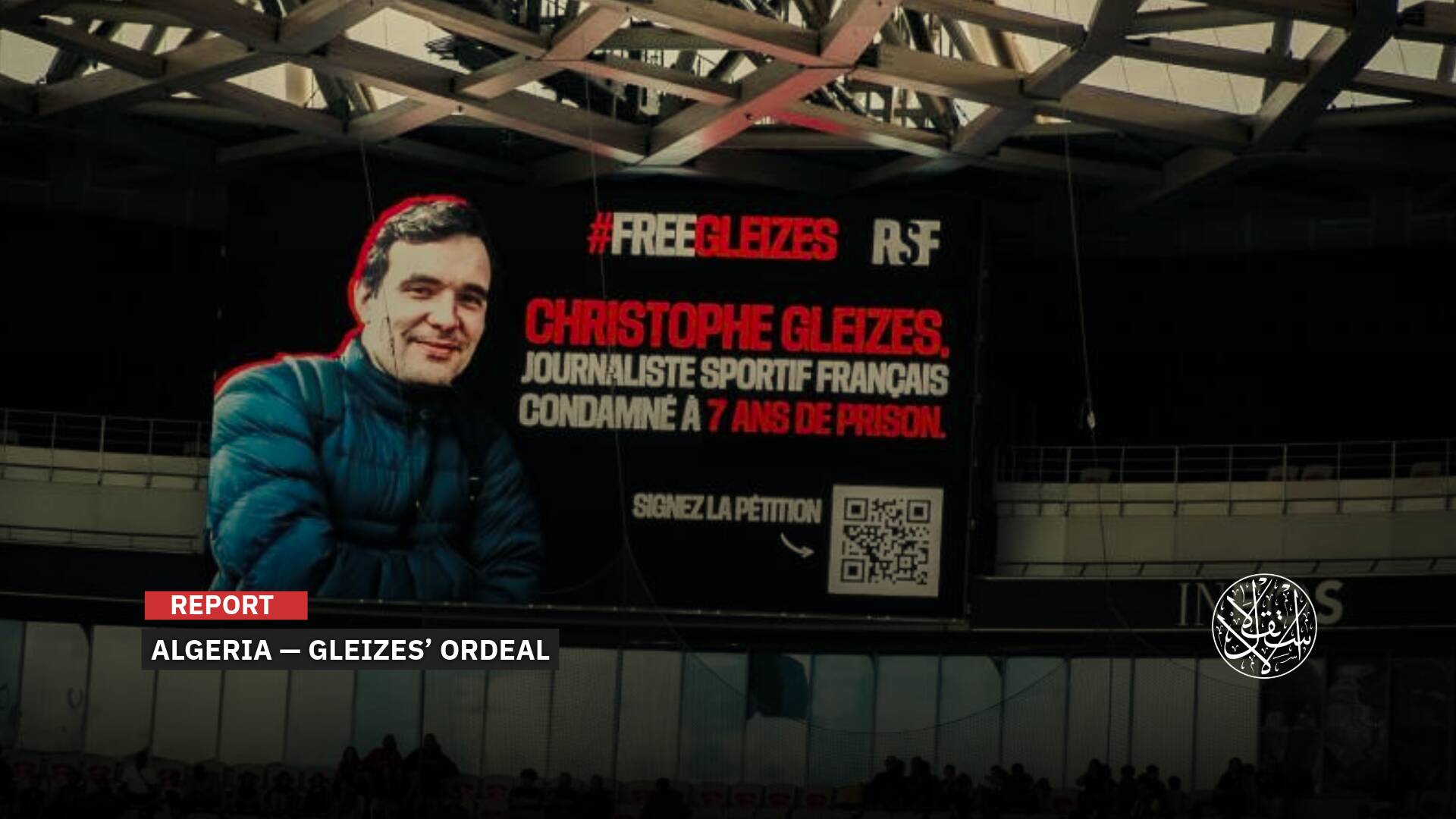'Smoke and Mirrors': Theories Shaping Trump’s Gaza Strategy

The goal of all this is to serve the interests of Israel and the U.S.
Many were puzzled by the barrage of strange, contradictory, and often unverifiable statements made by former U.S. President Donald Trump since taking office, raising questions about his mental state and the seriousness of his remarks.
Trump had previously vowed to take control of the Panama Canal, annex Greenland from Denmark, and make Canada the 51st U.S. state. He also threatened to expel 2.3 million people from Gaza, “relocate” them to Egypt and Jordan, and claim the land as U.S. property, envisioning skyscrapers and seaside resorts under his ownership.
Even in the U.S., his “plan” sparked outrage, with lawmakers calling them tantamount to “ethnic cleansing” and “colonial looting.” Over two-thirds of House Democrats signed a letter to Trump urging him to retract his “dangerous” comments proposing the U.S. “take over” the Gaza strip, Axios learned.
Analysts link Trump's rhetoric to two familiar political tactics: “flood the zone” with statements and employing “smoke and mirrors” to obscure the truth. This, they argue, explains the implausibility of many of his claims, his frequent reversals, and the lack of follow-through on most of his threats—moves designed to secure political gains.
The term “smoke and mirrors” gained prominence during the Watergate scandal under President Richard Nixon. Journalist Jimmy Breslin was among the first to use it in a political context.
While not a formal academic theory, the phrase is widely used to describe deceptive tactics in politics and media—creating illusions to mislead the public, spread misinformation, or divert attention from critical issues.
The phrase originates from stage magic, where illusions were crafted using smoke and reflective surfaces to deceive audiences. Over time, it became a metaphor for political spin, media manipulation, and strategic distraction.
U.S. politicians, including Barack Obama, Bill Clinton, and Nixon, have all been accused of employing “smoke and mirrors” to push their agendas. The media, too, has used selective reporting or sensationalized coverage to shape public opinion.
Ultimately, analysts warn that such tactics serve to obscure the full truth. They stress the need for vigilance in distinguishing between genuine information and calculated distractions designed to manipulate public perception.

Playing with Minds
Trump employed deceptive rhetoric and misleading statements, including promises to “build the most beautiful villas for the people of Gaza” and turn the enclave into the “Riviera of the Middle East.”
He claimed he did not want Gazans to be killed but instead relocated to Egypt and Jordan “until we build them” a tourist-friendly country, after which they can return. However, these remarks were little more than smoke screens, aimed at masking his real objective—pressuring Saudi Arabia into normalization.
Trump’s later statements exposed his earlier claims as false, revealing them as cover for a plan to displace Gaza’s residents. He later asserted that Palestinians will have no right to return to Gaza under his proposal, which called for the U.S. to “take over” the territory.
“The U.S. will take over the Gaza Strip and we will do a job with it, too. We’ll own it,” he said. In a colonial tone, he added dismissively: “So I don't think people should be going back to Gaza. I think that Gaza has been very unlucky for them. They've lived like hell.”
Project Syndicate argued that Trump’s primary motive for making such statements was to attract attention, and that his most provocative proposals were often quietly abandoned after public backlash.
Report’s author Bradford DeLong, an economics professor at the University of California, questioned how the media should respond to such deception, stating: “How are those of us who want to inform the public and advance public reason supposed to react to all of this performative con-artistry, when we know that it is 90% mirage and 10% destructive chaos?”
Pro-Trump U.S. media outlets, he argued, failed to clarify this distinction for the public. Bloomberg columnist John Authers wrote on February 4 that these outlets seemingly knew Trump was bluffing, as evidenced by his repeated backtracking on confrontations with Mexico, Canada, and others.
Academic Sami al-Arian, writing for Anadolu Agency on February 7, dismissed Trump’s proposal to forcibly move Palestinians from Gaza as unrealistic, calling it a classic example of “smoke and mirrors.”
Al-Arian, a professor of public affairs and director of the Center for Islam and Global Affairs at Istanbul’s Sabahattin Zaim University, argued that what lay behind the smoke and mirrors was the Trump-Netanyahu meeting, emphasizing that Palestinians would never accept displacement.
The Guardian previously highlighted Trump’s use of these tactics in a January 18, 2017, article during his first term, stating that he masterfully manipulates the media and his opponents through the smoke and mirrors approach.
Trump wielded various tactics, including empty rhetoric, misleading narratives, and outright deception. He was also known to make baseless claims to bolster his credibility, such as his false assertion—later retracted—that an “extremely credible source” told him Barack Obama’s “birth certificate is a fraud.”

'Flood the Zone'
Another key strategy, known as “flood the zone,” involves overwhelming the media and public with a barrage of misleading information to dominate the news cycle and shape public perception.
This tactic is frequently employed in political conflicts and media warfare, where an avalanche of statements and decisions—regardless of their accuracy or feasibility—distracts from reality and ensures control over the political discourse.
Western studies describe it as a communication and political strategy used to confuse opponents or the public by disseminating massive amounts of information, both true and false, to create distraction and weaken the ability to discern facts.
By saturating the media landscape with contradictory or deceptive narratives, the strategy fosters confusion and uncertainty, making it difficult for audiences or adversaries to determine the truth. It is also deployed in psychological warfare during political and military conflicts to demoralize opponents.
Trump employed this approach with a torrent of statements about taking control of Gaza, the Panama Canal, Greenland, and Canada. His administration released such an overwhelming volume of news in early February; American Radio on February 7, 2025, described the period as a crazy week.
One of the key figures who encouraged Trump to adopt this strategy was his former adviser Steve Bannon, who used it during Trump’s 2016 campaign to flood Democrats and the media with a relentless stream of conflicting reports.
Another architect of Trump’s flood-the-zone approach was Stephen Miller, White House deputy chief of staff for policy, who championed the tactic of inundating the media with a flood of unverifiable reports to confuse adversaries and control the public narrative.
The goal was to spread an overwhelming volume of information—true or false—to disorient opponents and blur the line between facts and fabrications.
Trump and his team used this calculated “strategic manipulation” to fabricate an alternate reality where impossible ideas became topics of debate and unrealistic projects appeared as viable options.
Libyan scholar Ali al-Sallabi argued in a blog post that Trump’s threats against Gaza and Hamas should be seen through this lens, dismissing them as unrealistic and part of this broader strategy.
These statements, smoke screens, and the relentless barrage of remarks using the “flood the zone” strategy are not random improvisations but rather a calculated approach rooted in political and media theories designed to reshape public perception and force opponents into a defensive stance rather than keeping them on the offensive.
Al-Sallabi argued that threats are not actual plans but pressure tactics. Trump and Netanyahu seek to turn the impossible into plausible scenarios, and this manipulation must be exposed.
The Target: Gaza
Trump and Elon Musk aggressively employed this strategy upon assuming office.
Trump rapidly issued a series of statements and around 135 executive orders, while Elon Musk, the world’s richest man in charge of the “department of government efficiency”, has raided an equally dizzying swath of federal agencies with the stated goal of “slashing waste, fraud, and abuse,” as per The Guardian.
Trump’s strategy in his first week was to flood the zone, spending his early days signing a wave of executive orders, making dramatic statements, and pushing sweeping proposals.
The Washington Post described this as “part of a pre-planned political strategy to create an immediate uproar, using the flood the zone approach to control the surrounding narrative.
“It was all part of a plan to begin with a bang, follow a detailed policy blueprint, and be better organized than eight years ago.”
This method was instilled in Trump by Steve Bannon, his former chief strategist, who often said hit them hard and flood the zone with statements and decisions until they drown.
“It's a classic PR strategy: overwhelm, distract, and control the narrative before anyone else can. Flood the zone is his way of making sure no single controversy sticks because there's always a new one incoming.”
The Post further asserted that the approach is effective—the media simply cannot keep up with the sheer volume of developments.
American reports suggest that Gaza was a key focus of Trump and his presidential advisory team’s use of the smoke and mirrors and flood-the-zone strategies.
The goal was to serve U.S. and Israeli interests by issuing a series of escalating threats, fueling confusion, and overwhelming the media with relentless speculation about potential actions in Gaza—all to extract political gains.
By declaring that Gaza would never belong to the Palestinians and suggesting that Egypt and Jordan should take in its residents, Trump aimed to push Arab nations into a defensive position, compelling them to negotiate against forced displacement—allowing him, in turn, to push for the annexation of the West Bank by “Israel.”
His repeated insistence on relocating Gazans to Egypt and Jordan and threats to clear Gaza of its population were designed to pressure Arab governments into proposing a resolution—one that would ultimately place Gaza under their administration, restrain Hamas, and fund its reconstruction.
Sources
- Trump’s first-week strategy: ‘Flood the zone.’ Repeat.
- Trump’s first-week strategy: ‘Flood the zone.’ Repeat.
- Trump carries out his 'flood the zone' strategy, creating a week of whiplash
- How Musk and Trump are flooding the zone
- Smoke and mirrors: how Trump manipulates the media and opponents
- OPINION - Beyond the smoke and mirrors of the Trump-Netanyahu meeting
- Trump’s Smoke and Mirrors
- Scoop: 145 Democrats demand Trump retract Gaza comments
- Trump says US will ‘take over’ and ‘own’ Gaza in redevelopment plan
- Trump says 'I don't think people should be going back to Gaza’ at meeting with Netanyahu
- Trump Floods The Zone, Leaving Opposition Drowning








